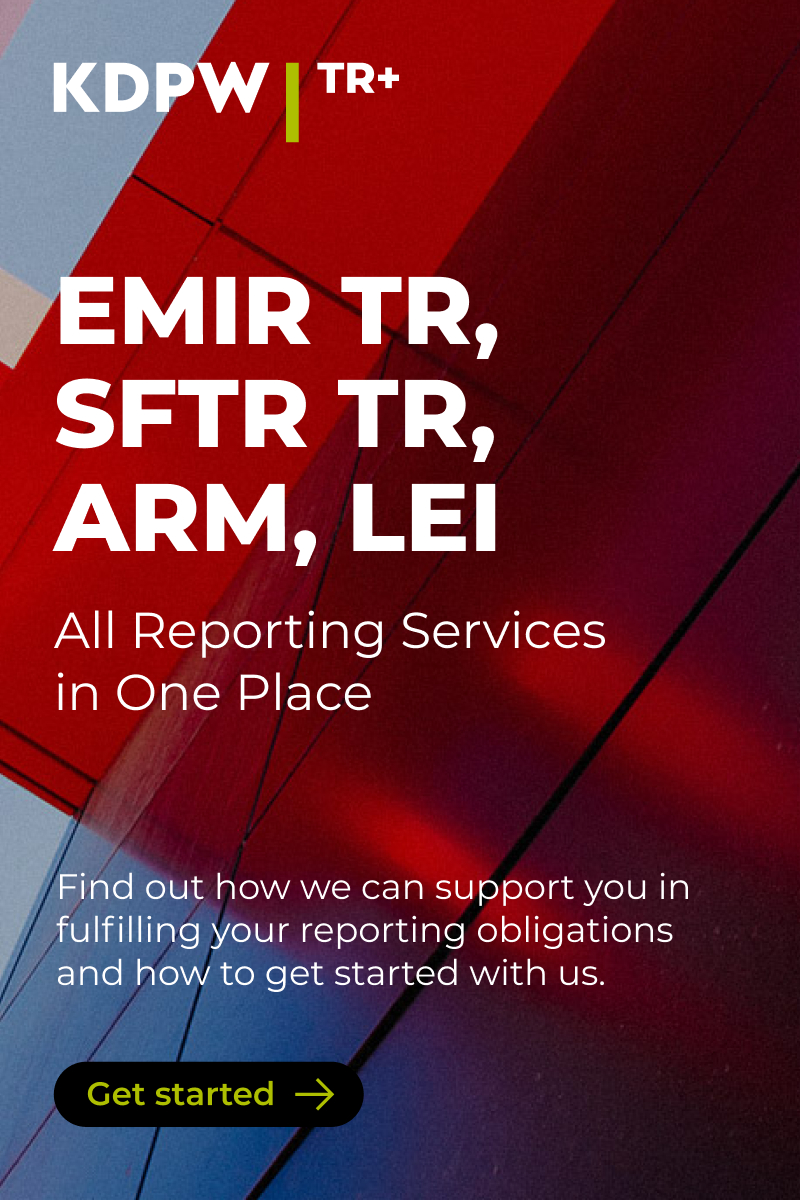Citisoft has launched a facility to help asset managers prepare for the implementation of Pillar III data delivery expectations for Solvency II in January 2016.
The Solvency II regulation will implement solvency requirements designed to reflect the risks companies face when delivering consistent supervisory systems, however this is likely to place a burden on insurance firms, which will face data creation and management challenges.
Investment management consultancy firm Citisoft expressed concern that those asset managers that have insurance mandates may have been lulled in to a false sense of security, considering the distance of the deadline and a feeling that the deadline is not, strictly, unmovable.
According to Citisoft, firms should have data sets available early in 2015, and testing stages completed by the end of the year.
Director Cosmo Wisniewski said: “Time is now of the utmost essence for asset managers that have not decided how to tackle Solvency II. At the very least they should take advantage of the pool of knowledge available to clarify strategy, project needs, timeframes and implementation.”
The new Citisoft solution will look at relationships between asset management firms and insurance firms, helping affected asset managers to understand end-to-end regulatory requirements and the associated data impacts, as well as pointing out where costs can be minimised.
It will also encourage internal communications, and provide knowledge on which data requests can be contested, as well as building on any existing Solvency II solutions and working with them to protect from future risks.
“We have some interesting options for those asset managers that have an almost totally outsourced operating model and are struggling with Solvency II, as well as post-trade compliance, internal reporting, monitoring third party administrators, and so on,” said Wisniewski.
“We’re finding that a lot of client services and client reporting teams are being ‘given’ the problem to solve, simply because it may at first appear that a client reporting function is the best location from which to retrieve the data that is required,” he added.
“We can quickly establish where to get the best return on your Solvency II investment - whether you have in-house systems, outsourced operations, a data warehouse, or a hybrid.”


